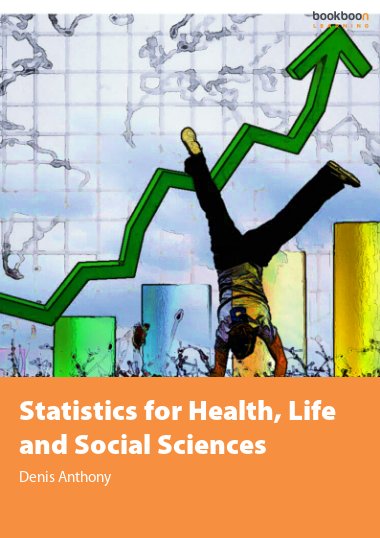There are many books concerned with statistical theory. This is not one of them. 'Statistics for Health, Life and Social Sciences' is a practical book. It is aimed at people who need to understand statistics, but not develop it as a subject. The typical reader might be a postgraduate student in health, life or social science who has no knowledge of statistics, but needs to use quantitative methods in their studies. Students who are engaged in qualitative studies will need to read and understand quantitative studies when they do their literature reviews, this book may be of use to them.

